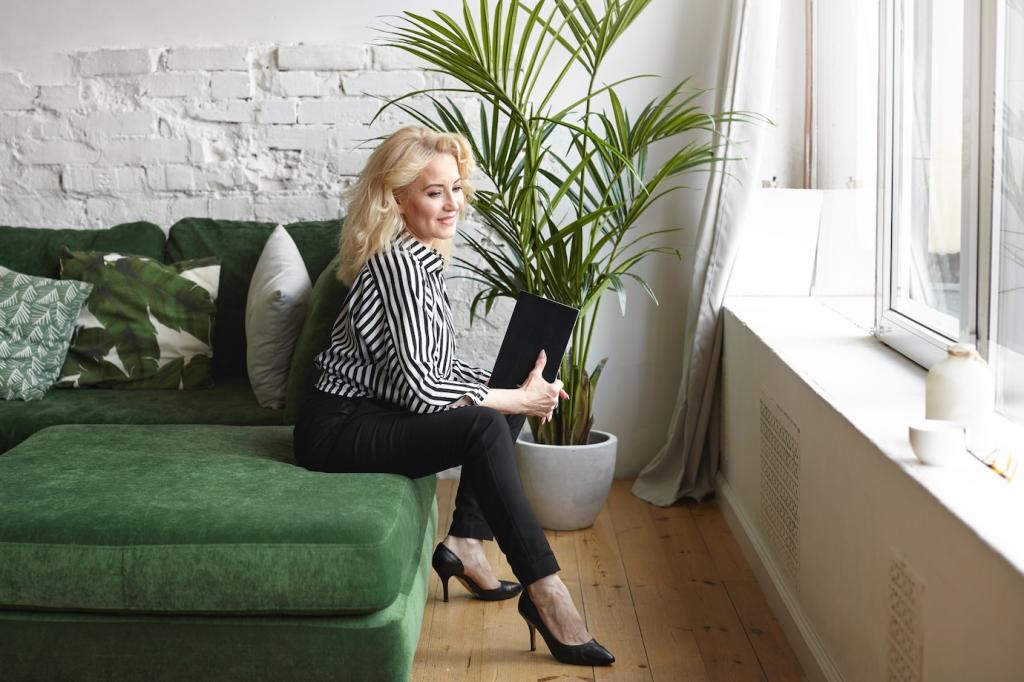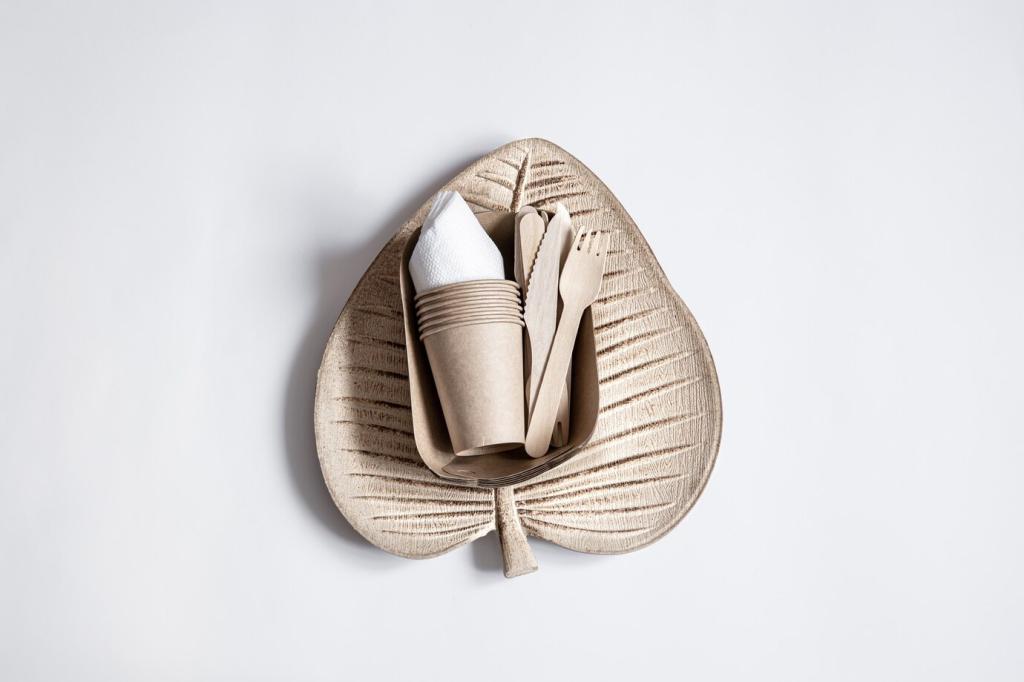Welcome to a Softer, Greener Home
What Makes Upholstery Fabric 'Organic'?
Organic upholstery begins with farms that avoid synthetic pesticides and prioritize soil health, then continues through mills using low-impact processing. Certifications ensure every step is audited, traceable, and aligned with strict environmental and social criteria.
What Makes Upholstery Fabric 'Organic'?
Expect durable, breathable contenders like organic cotton, linen, hemp, and wool. Each fiber brings distinct strengths—crisp structure, exceptional breathability, or resilient loft—letting you tailor the feel, drape, and longevity of every upholstered piece in your home.


This is the heading
Lorem ipsum dolor sit amet, consectetur adipiscing elit. Ut elit tellus, luctus nec ullamcorper mattis, pulvinar dapibus leo.

This is the heading
Lorem ipsum dolor sit amet, consectetur adipiscing elit. Ut elit tellus, luctus nec ullamcorper mattis, pulvinar dapibus leo.
Sustainability Benefits You Can Feel
01
Healthier Indoor Air, Fewer VOCs
Choosing organic fibers and low-impact finishes reduces off-gassing from solvents and harsh chemical treatments. Many readers report fewer headaches and a fresher, cleaner smell at home—an everyday reminder that better materials can uplift well-being without sacrificing style.
02
Water and Soil Conservation
Organic agriculture promotes crop rotation, biodiversity, and improved water stewardship. These practices build resilient soils that store carbon and retain moisture, making every upholstered piece an investment in landscapes that nurture life far beyond your living room.
03
Fairness in the Supply Chain
Organic standards often include social safeguards, encouraging safer workplaces and fairer wages. When you sit on an organic sofa, you also support craftspeople and farmers whose skill, care, and livelihoods shape the beauty and integrity of your home.
Choosing the Right Fabric for Each Piece
Select organic cotton twill or canvas for strength balanced with softness. For elevated texture, blend in organic linen. Focus on higher rub counts, tight weaves, and reversible cushions to extend the fabric’s lifespan and keep your favorite seat looking great.

Modern Plant-Based Dyeing
Dyers are pairing botanical pigments with mindful mordants and advanced process controls. The result is nuanced color—sage, woad blues, madder reds—that feels alive on organic fibers, with fewer harsh auxiliaries and a more transparent, traceable creative process.
Testing and Ratings You Should Know
Lightfastness and rub tests gauge how color holds up to sun and friction. Ask for scores from independent labs, and request swatches to live near your window for a week. Small experiments today save surprises tomorrow in your favorite room.
Fade-Resistant Styling Tricks
Use sheers, UV-filtering films, and thoughtful furniture placement to protect naturally dyed upholstery. Rotate cushions seasonally, and layer throws where sunlight hits hardest. These simple habits maintain richness while keeping your organic fabrics feeling fresh and loved.
Engage with the Community
Which organic textures caught your eye, and what challenges did you face? Comment with photos, swatch notes, and lessons learned so fellow readers can benefit from your journey toward healthier, more beautiful upholstery choices at home.


Engage with the Community
Join our list for seasonal fabric guides, wash-day tips, and behind-the-scenes stories from mills and makers. Subscribers influence upcoming features, so tell us which questions about organic upholstery you want explored in depth next month.
